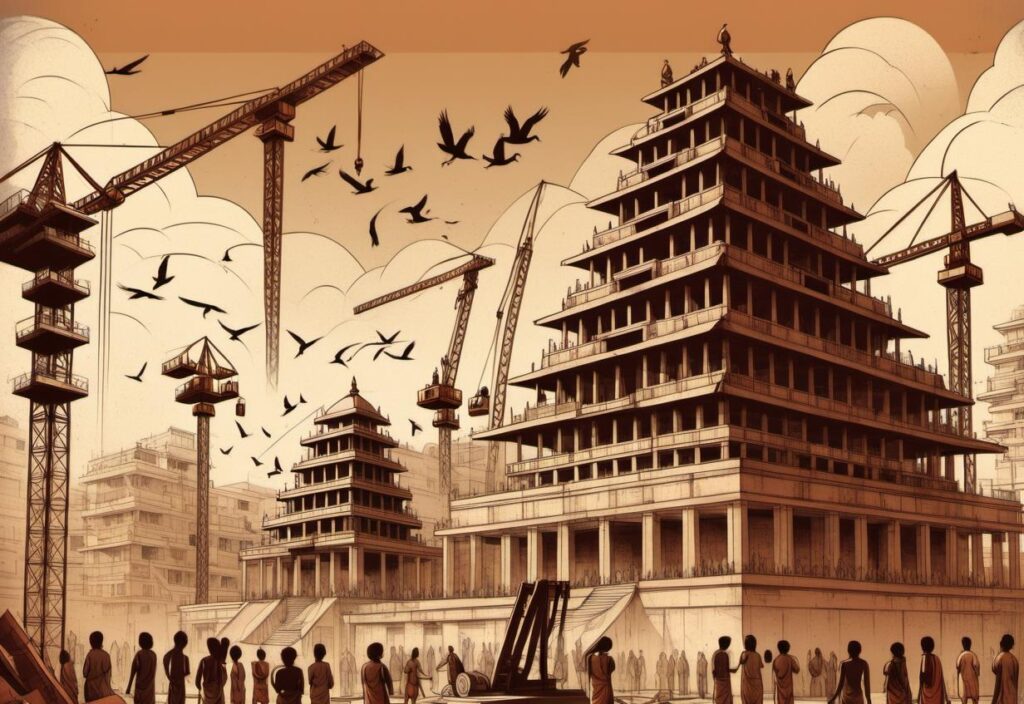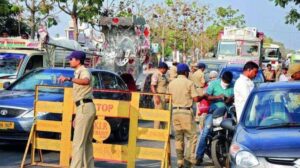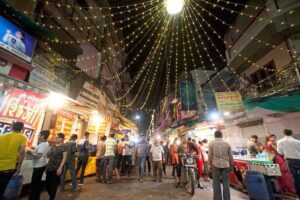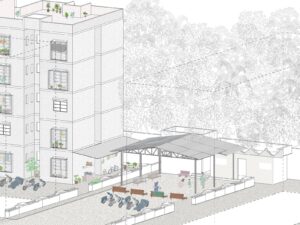
In the heart of Ayodhya, where faith intertwines with the land, the inauguration of the Ram Mandir marks not just a spiritual milestone. For architects and urban planners, this is only the beginning. As thousands throng to witness the divine, Ayodhya is being envisioned as more than just a religious haven. The ‘New Ayodhya’ urban plan ambitiously imagines a sustainable and smart city sprawling across 1000+ acres – India’s first vastu-based township.
The prospects are promising – economic growth, improved infrastructure, and increased investments. However, as the city undergoes this redevelopment, residents express bittersweet emotions, caught between the anticipation of better opportunities and the anxiety of their homes facing the wrecking ball. Another concern is the potential impact on the real estate market and the disruption of the local economy.
The drive for the revitalisation of temple precincts, including projects like the Kartarpur Corridor, Kashi Vishwanath Corridor, Somnath Promenade, and the anticipated Ram Janmabhoomi Corridor and Mahakal Lok Corridor, claim to be about more than just culture. These projects attract international hospitality chains and major real estate players, seen as economic necessities but often bringing ‘global’ styles and automotive city planning. Ayodhya’s vision for 2047 should extend beyond the spiritual significance to incorporate our traditional architectural practices like passive building design, responsive to its sub-humid tropical climate. To truly embrace the spirit of hospitality, our urban planning must shift focus to pedestrians, making public transport the heart of the city’s design.
Ayodhya’s transformation echoes a broader narrative in the changing urbanscape of India. Further south, Dharavi, Asia’s largest slum in Mumbai, is also gearing up (once again) for a makeover spearheaded by Adani Group’s joint venture. This undertaking, guided by renowned architects like Hafeez Contractor, seeks to modernise Dharavi and improve living conditions for its residents (despite protests from the same people).
These parallel scenarios present an opportunity to showcase urban development as a force for social and economic inclusivity. As architects and urban designers, we must act as gatekeepers of such redevelopments to ensure a balanced approach that caters to the needs of the local community. However, the key to sustainable and smarter cities in a country like India perhaps lies in political will and intent.
Comments from Mentors
“Could have developed the ‘slipping opportunity’ part of the title more. Also needed more editing.” – Arpita Das, Mentor, Urban Imprints
“On a re-reading of the piece I found more merit than when I first read it. I like the fact that the author has not shied away from bringing in the people whose voice is not heard – those whose homes have been demolished in Ayodhya, or those who oppose their own so called ‘development’ in Dharavi.” – Peeyush Sekhsaria, Mentor, Urban Imprints







